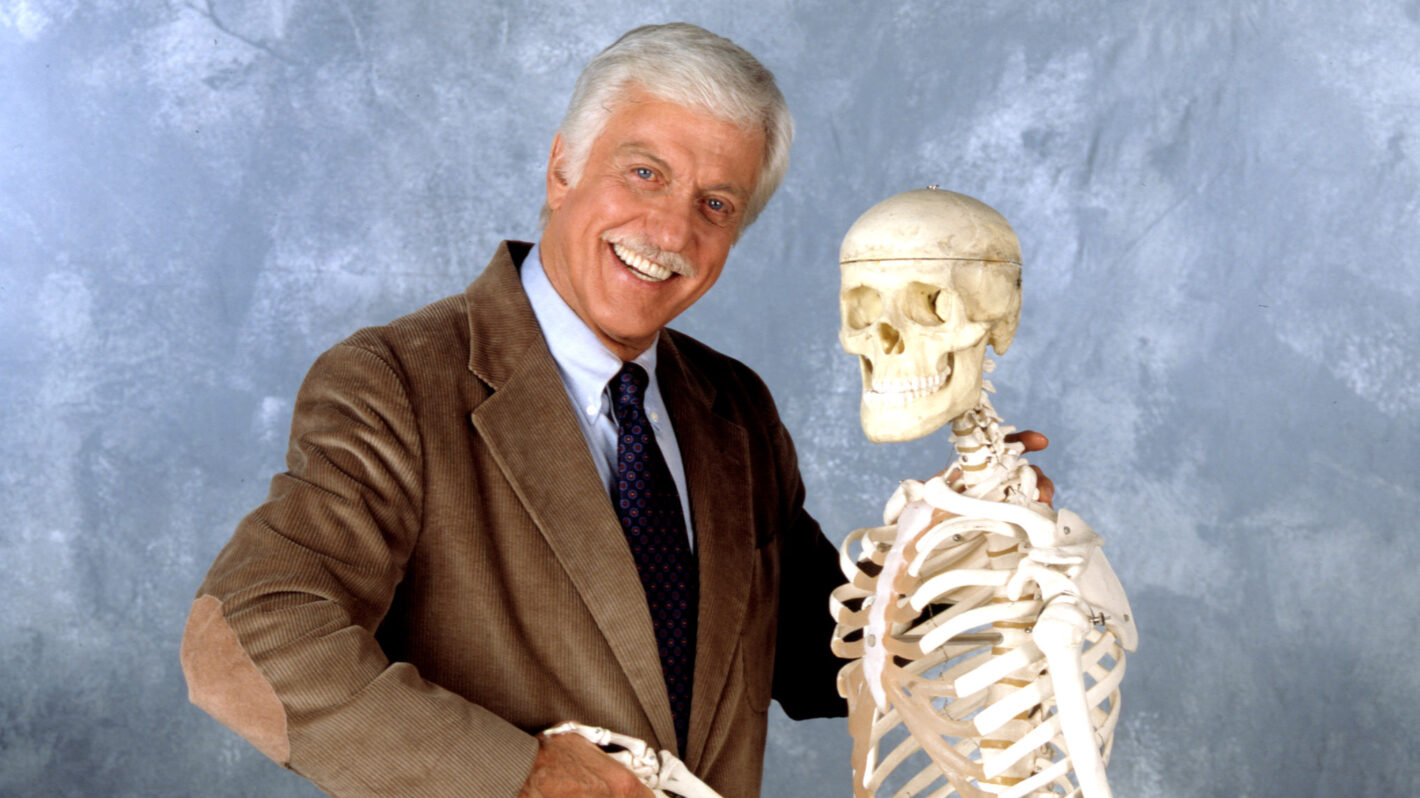
www.upworthy.com
Scientists find the exact laundry cycle that will make your clothes last longer
There are *so many* settings and laundry cycles to choose from on a washing machine. But washing laundry on a specific cycle can help preserve your clothes and extend their life.According to a study funded by Procter & Gamble, scientists in the United Kingdom found the exact laundry cycle that makes clothes last longer. Washing your clothes on a cold, short cycle is key. Specifically, using a 25-degree Celsius (77-degree Fahrenheit) wash for about 30 minutes is considered optimal.Scientists discovered that clothes washed on this colder, shorter cycle, compared to those washed at 40 degrees Celsius (104 degrees Fahrenheit) for 85 minutes, lost significantly less color from their microfibers and also transferred less dye to other garments in the wash. Washing clothes on a cold, short cycle can help extend their life.Photo credit: CanvaAnother plus: washing clothes at a colder temperature also saves energy. The study noted that "washing clothing at 30 degrees Celsius (86 degrees Fahrenheit) rather than 40 degrees Celsius (104 degrees Fahrenheit) saves approximately 40% of the energy used per load, and washing at 20 degrees Celsius (68 degrees Fahrenheit) instead of 40 degrees Celsius (104 degrees Fahrenheit) saves approximately 66% of the energy used per load."6 laundry tips to make your clothes last longerBesides washing your clothes on a cold, short cycle, here are six other ways to extend their lifespan:1. Use a mesh laundry bagProtect your clothes, especially delicates, by using a mesh laundry bag."When washing delicate items such as lingerie, socks, etc., place them in mesh laundry bags to keep them from getting tangled or stretched out while being washed," Martha Gonzalez, cleaning expert and owner of Austin Cleaning Service, told Upworthy. "The mesh bag will also prevent those items from becoming stuck under the washing machine's agitator when they are being washed. These actions alone will greatly reduce the wear and tear on the items you are washing, and as a result, will allow you to enjoy wearing those items for much longer."2. Wash clothes inside outBefore you throw your clothes in the washer, turn them inside out."Washing clothes inside out will help protect the outer layer of fabric, keep any labels or logos intact, reduce fading, and prevent pilling on the outside of the clothes," said Olivia Parks, owner and lead organizer at Professional Organizer New Orleans. "It's a simple tip, but it really keeps clothes looking newer for much longer."3. Hang dry your clothesSkipping the dryer can also help your clothes last longer."Whenever possible, hang your clothes to dry (air dry) instead of putting them in a dryer," said Gonzalez. "Tumbling your clothes in the dryer causes friction between the clothes and the dryer drum, and heat both of which can cause the fibers in the clothes to break down, resulting in faded colors and frayed edges over time. One of the best things you can do to take care of your clothes, especially synthetic and stretchy clothing and items that have a 'lay flat' tag, is to air dry your clothes. Air drying your clothes will help them maintain their original shape and vibrant colors for years to come." Hang dry clothes.Photo credit: Canva4. Avoid overloading the washing machineOverstuffing your washer can actually damage your clothes. "When the washing machine is packed too full, clothes can't move freely, and aren't getting properly cleaned," Parks added. "Washing smaller loads will help clothes maintain their shape and prevent you from having to wash them over again, which wastes water and laundry detergent."5. Use the right amount of detergentIt's easy to put a little too much (or too little) detergent in the washer, but it's important to follow the instructions on the detergent bottle."Using too much detergent will leave a sticky residue on clothes that actually attracts dirt and makes fabrics look full," Parks explained. "Using too little detergent means clothes aren't fully washed and cleaned. Measuring the correct amount of detergent will help clothes stay soft, clean, and long-lasting."6. Wash similar fabrics togetherPay attention to the material of the clothes you wash together."Heavier items like towels and jeans can be rough on lighter, thinner clothes like blouses, t-shirts, and other delicate fabrics," Parks said. "Washing similar fabrics together is more gentle and helps keep your lighter items in better shape longer."













